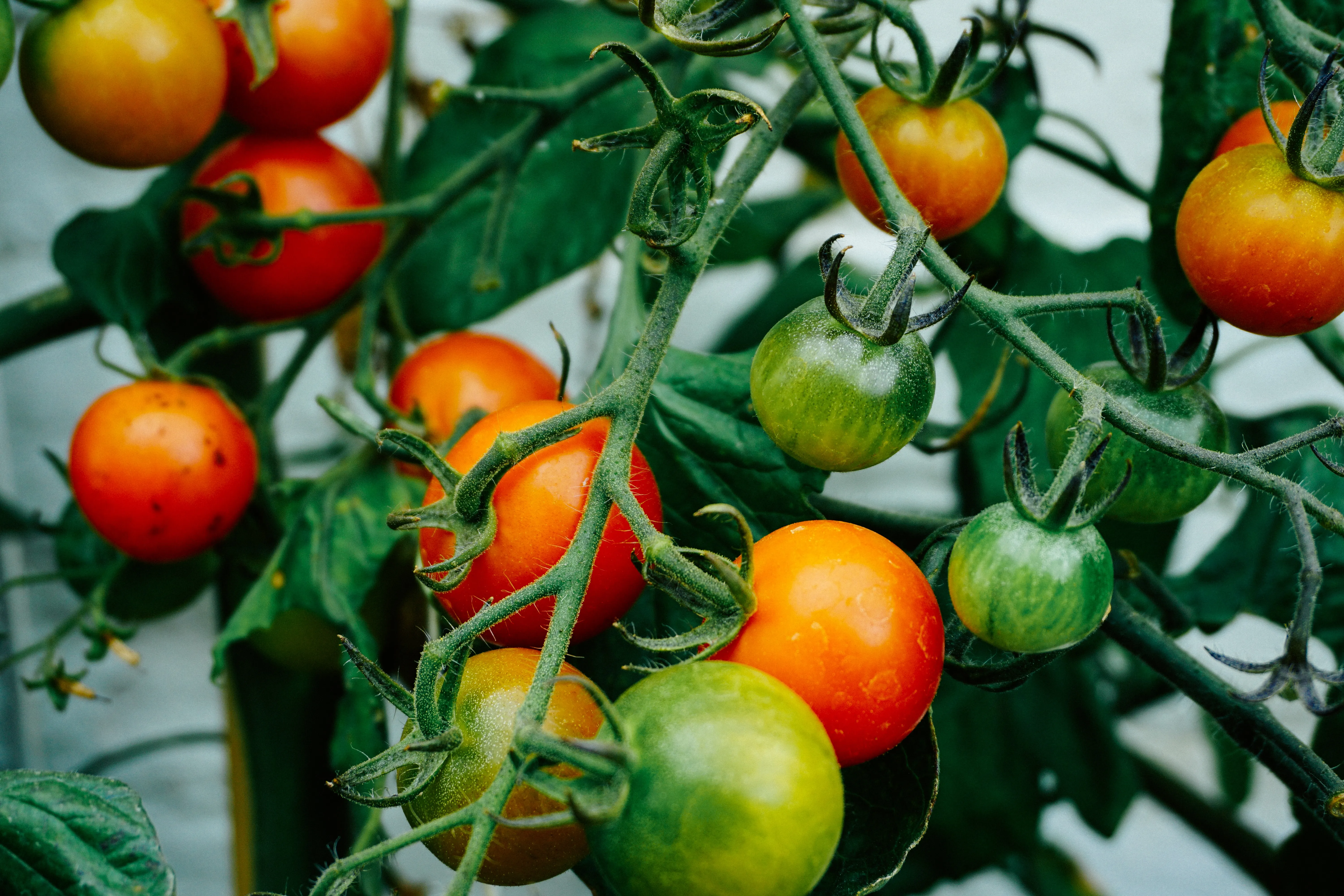Transitioning to No-Till: A Step-by-Step Guide
Embark on a sustainable farming journey with 'Transitioning to No-Till: A Step-by-Step Guide' from Vriksha Farms. This blog post provides a detailed roadmap for farmers looking to switch to no-till farming methods. Learn about the environmental benefits, necessary equipment, and practical strategies to effectively implement this soil-conserving technique. Discover how transitioning to no-till farming contributes to soil health, reduces erosion, and enhances overall farm sustainability, making it an essential practice for the future of agriculture.

Introduction
Transitioning to no-till farming is a significant step towards sustainable agriculture, a practice strongly advocated by Vriksha Farms in their managed farmland projects. This method, central to responsible agroforestry, enhances soil health and productivity, aligning with the company's emphasis on sustainable living and long-term ROI in farmland investment. This blog post provides a step-by-step guide to help farmers and investors in agriculture land near Bangalore make the transition to no-till farming smoothly and effectively.
Step 1: Understanding the Basics
- Grasping the Principles of No-Till
Before transitioning, it’s essential to understand what no-till farming entails. This method involves planting crops without the traditional soil tilling, thus preserving soil structure and nutrients.
- Recognizing the Benefits
No-till farming offers numerous benefits, including improved soil health, reduced erosion, and enhanced water retention. It’s a sustainable practice that aligns with the increasing demand for environmentally responsible farming methods.
Step 2: Preparing the Land
- Soil Health Assessment
Conduct a thorough assessment of your soil’s health. This involves testing for nutrient levels, pH balance, and moisture content to determine the specific needs of your land.
- Residue Management
Manage crop residues effectively. These residues play a crucial role in protecting the soil and providing organic matter.
Step 3: Selecting the Right Equipment
- Investing in No-Till Equipment
Invest in specialized no-till equipment such as drills and planters designed for seeding without prior tilling. This equipment is crucial for the successful implementation of no-till farming.
- Tailoring Tools to Your Needs
Choose tools and equipment that suit the size and type of your farm. Vriksha Farms, with its experience in developing managed farm projects, offers insights into selecting appropriate equipment.
Step 4: Integrating Crop Rotation
- Planning Crop Rotation
Implement a crop rotation plan. Rotating crops helps in managing pests and diseases, improving soil fertility, and maximizing yield.
- Considering Cover Crops
Incorporate cover crops into your rotation. Cover crops enhance soil health, prevent erosion, and improve water retention.
Step 5: Managing Pests and Weeds
- Adopting Integrated Pest Management
Employ integrated pest management strategies. This involves using natural pest control methods and minimizing the use of chemicals.
- Natural Weed Control
Manage weeds through natural methods such as mulching or using cover crops. These techniques are essential in no-till farming, where traditional tilling for weed control is not an option.
Step 6: Ongoing Monitoring and Adaptation
- Regular Soil Monitoring
Continuously monitor soil health and crop performance. This will help in making necessary adjustments to your farming practices.
- Being Adaptable
Stay adaptable and open to new techniques and innovations in no-till farming. Continuous learning and adaptation are key to successful sustainable farming.
Conclusion
Transitioning to no-till farming is a journey towards sustainable and productive agriculture. By following these steps, farmers and investors in agriculture land near Bangalore can contribute to a more sustainable future. Vriksha Farms, through its commitment to responsible agroforestry and sustainable living, provides an exemplary model for this transition, ensuring a viable and environmentally conscious approach to farming.
